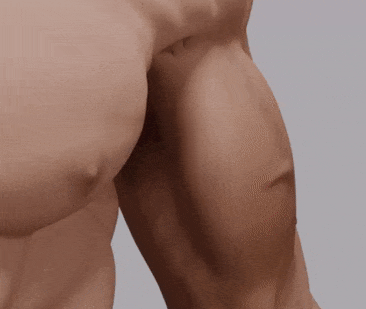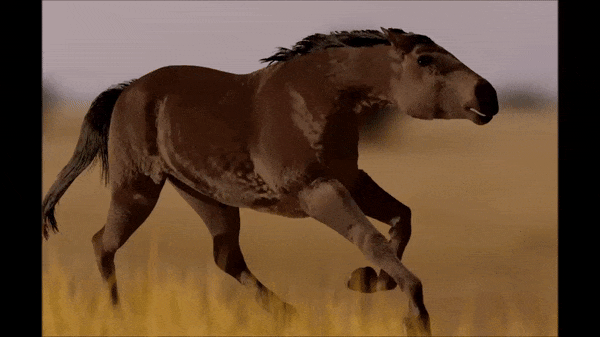How do I create a riggable muscle and skin structure for a model I plan to animate?
Blender Asked by Dragonwysper on November 27, 2021
So I’m kinda new to Blender. I know the basics, and am currently working on a model, but I’m unsure about how to go about the muscle rigging. I know there’s other softwares that have settings for muscle and skin, but everything I’ve seen has been really expensive.
Right now I’m only creating the mesh for the model, but I’m wondering if I should wait to do that, or if I should finish that, and then create the muscle structure, or if I should create the shapes of the model’s body and then put in the muscles and skin settings and stuff.
If it helps any, I want my model to be as realistic as possible in all aspects (which’s been my goal in learning Blender from the start), and I will be animating it.
Side note: if Blender doesn’t have good methods of creating and rigging muscle/skin structure, then what (preferably free, but if not, cheap) alternative softwares can I use to accomplish this?
2 Answers
Something like this:
but on a full body scale?
You're in for a world of pain.... I'd say you're mad, but that's exactly what I'm working on!
Still, you really should get a mesh to work 100% WITHOUT any muscles first - not just to get the hang of it but because if it doesn't work on its own, no amount of extras will fix it.
You'll have to first sculpt and then do another mesh over the original (retopology) manually, giving it excellent flow. Anything less than perfect will give you render artifacts, joints that don't flex properly, and the skin will never flow nicely around the muscles. My biceps animation above is an example of TERRIBLE topology, full of wacky vertexes on the armpit and where the blood vessel deforms the skin. (it was meant to be just a prototype, so I used the native remesher - never again)
After that you'll have to model each and every single muscle, attach it to the rig so it contracts and stretches when the respective bones move (I recommend a mix of bones with Stretch To constraints, and Shape Keys for fine tuning), then make the main mesh act like a skin that stretches over the muscles using the Shrinkwrap modifier.
If you're feeling extra crazy you may even want to delve into Soft Body physics and give your muscles a "squishy" feel when they are thrown around.
That's really ambitious for someone who just started learning but if that's your goal, this is the way to go.
Answered by CBarr on November 27, 2021
I would recommend that you first make your models and meshes. It sounds like you haven't completed them yet. After you complete the models you can move on to the next stage: fine tuning the topology for rigging. I look forward to seeing your work.
Answered by MedArt on November 27, 2021
Add your own answers!
Ask a Question
Get help from others!
Recent Questions
- How can I transform graph image into a tikzpicture LaTeX code?
- How Do I Get The Ifruit App Off Of Gta 5 / Grand Theft Auto 5
- Iv’e designed a space elevator using a series of lasers. do you know anybody i could submit the designs too that could manufacture the concept and put it to use
- Need help finding a book. Female OP protagonist, magic
- Why is the WWF pending games (“Your turn”) area replaced w/ a column of “Bonus & Reward”gift boxes?
Recent Answers
- Peter Machado on Why fry rice before boiling?
- Joshua Engel on Why fry rice before boiling?
- Jon Church on Why fry rice before boiling?
- haakon.io on Why fry rice before boiling?
- Lex on Does Google Analytics track 404 page responses as valid page views?

